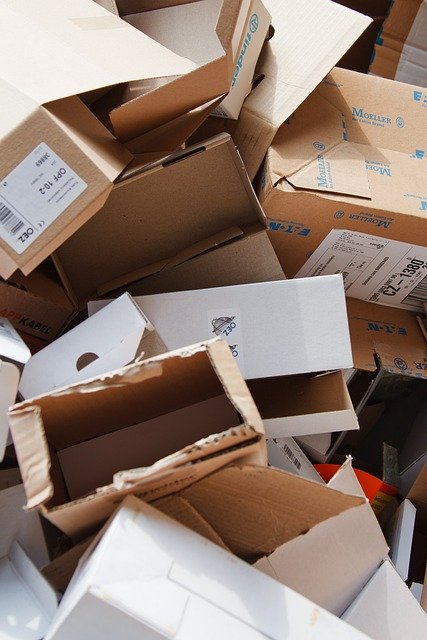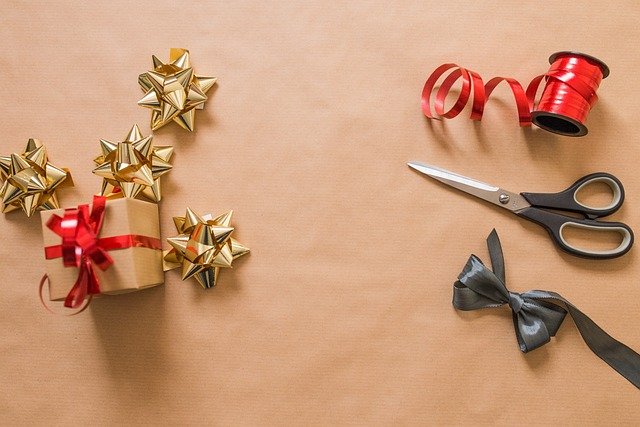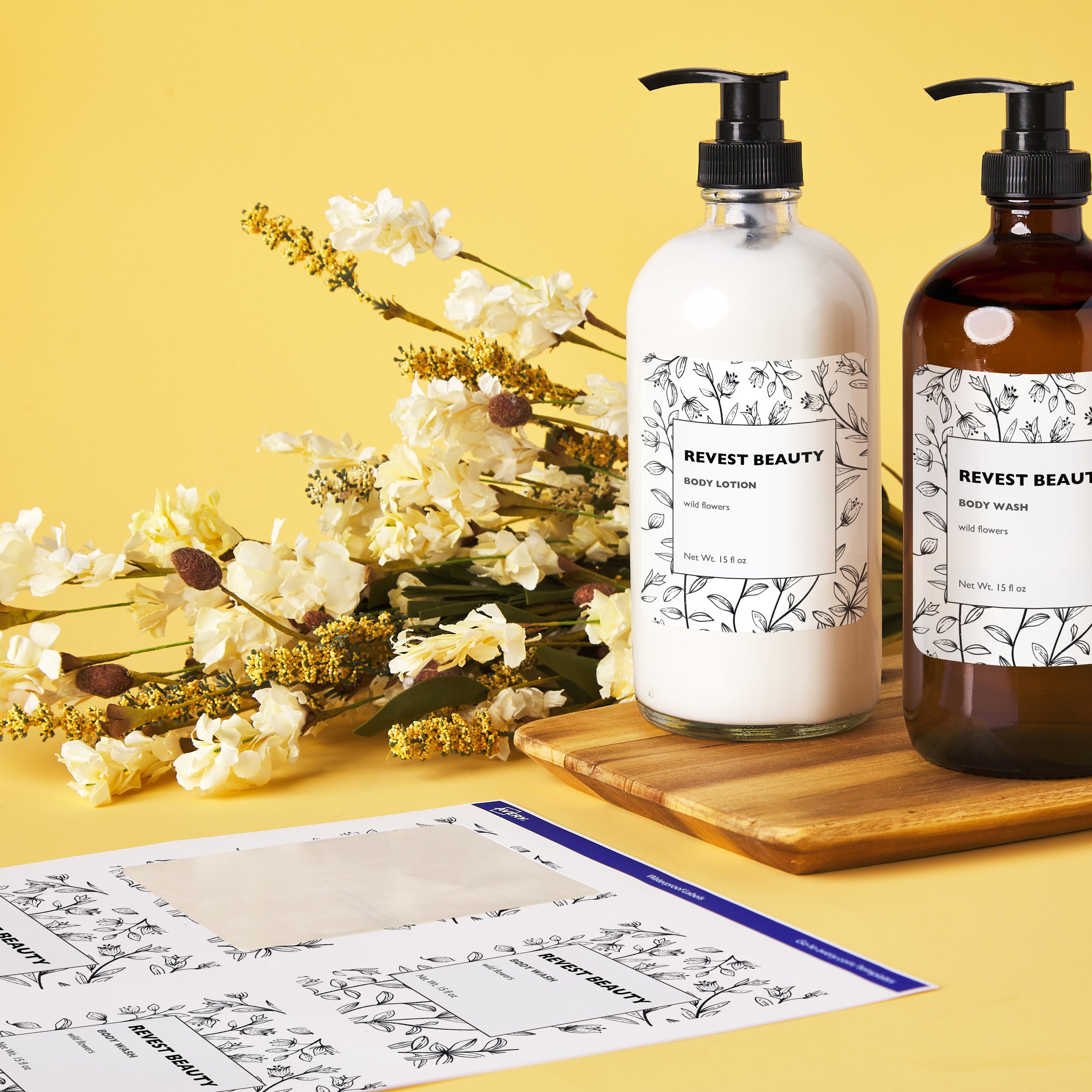Getting Your Home Ready Before the Holidays Hit
Raise your hand if your house becomes a mess every year during the time between Halloween and Christmas? If you did, you’re not alone. Your Blogger is there right with you. What if though, you had a handful of tips and tricks to tackle this holiday season without losing your mind, the gifts you’d bought, and every square inch of space in your home? Well, that’s where today’s post comes in.
First up, the general things.
-Use Bins and baskets around the home to contain mess and clutter. Sure it’s a cheat, but if you have designated spaces to put things, they’re less likely not only to go missing but end up scattered over every other available surface.
- You can also use bins and baskets to sort gifts if you purchase as you go through the year purchasing. We like having a row of baskets at the top of the closet. It looks good all year long, and so long as you don’t label the outside, you’re the only one that knows that you’re hiding gifts and not your out-of-season clothes.
-Clean stuff up! Get rid of stuff and do a pre-holiday donation blitz.
Go through and trim stuff down. Do you hate that ornament? Donate it. Is a wreath falling apart? Either deconstruct it for craft materials or send it to the recycling center.
Essentially, if you don’t love it, don’t keep it.
Have a plan!
Whether you’re breaking down your decorations from Halloween, setting up for Thanksgiving, or getting organized for Christmas, having a plan saves you time and headaches.
Play Tetris!
When it comes to storing things away, unless it’s breakable, it’s better to store smaller things inside larger things. Two examples here.
This would be a very bad example of storing things inside one another. The only reason nothing is broken is because it’s cardboard.
A good example would be storing small details like tiny skulls, potion bottles, and bats inside a larger fake pumpkin. By doing this, you maximize the space that the pumpkin is taking up, and you ensure that you don’t lose or break the smaller items.
Storing glass ornaments inside your grandmother’s trifle dish without wrapping or protection. Doing this means that you’ll end up with shards of glass given enough time and movement.
-Think about where you’re going to store things before you go shopping. If you already know exactly where it’s going, it’s more difficult to lose it in the holiday daze, and you know if you have the space for it.
Store the specifics together. Don’t just toss everything into 1-2 boxes and call it done. Put together like with like and protect the things that need it inside that storage. We will always suggest storing everything in totes that are labeled on the outside and the lid.
- Also make sure to make a list of everything that’s inside the tote and tape it to the inside lid of the tote. This lets you ensure that you know exactly what’s inside them.
-Separate out your Halloween decorations, store your costume pieces in their own plastic sealable bags, and those organized into totes. You can also store all of your decor in totes as well. (You can also do the same with fabrics for other holidays, but we’re still thinking about Halloween and Halloween costumes here at ARS.) This is to protect your papers, plastics, and fabrics from moisture, bugs, and other rodents.
What about Christmas? That’s a lot of very specific items that need careful handling.
-Glass ornaments? Wrap them in paper towels before storing them in an ornament carrier (even if that is just a photo box.)
-Egg cartons and cupcake boxes are also great for storing ornaments of all shapes and sizes.
-Loving on the Christmas lights? Turn a sheet of cardboard into cord storage, keep them all separate, and put them into their own bin.
- Fake Christmas tree? We haven’t figured out anything more straight0forward than the totes made just for this, but let us know if you do.
- What about wrapping? Do you love it or loathe it?
Try setting up a station for gift wrapping. Have a container for wrapping papers and keep all of them in that container.
Keep everything sorted so that it’s close to hand. That can mean a large tote box that has everything inside it in trays that you only pull out when you need it, or it can be a table in a corner with everything stored away.
Your Blogger’s setup contains the following.
Tape
Sharp scissors
A flat open area
Wrapping paper
Notecards and pens
Power cable, an outlet, and the phone (for entertainment AND wrapping help.)
Rounding out our tips in the kitchen, let’s get sorted!
-Store your baking supplies together. It is a fantastic way to keep your kitchen organized and your life nice and easy. Plus, when you pull out the baking supplies every year, you’ll get excited knowing that all the fun of the holidays is just around the corner.
-Sort and store cookie cutters in photo boxes. The small boxes with their labels on the outside make it easy to find just the ones you want and store them away when you’re done.
-Baked Gift Supplies can also be stored together. If you keep everything you need in one box or tray, it’s all there when you’re ready to pack up the cakes and cookies. Bakers' twine, cookie bags, cupcake liners, and tags, everything is right there for you.
And there you have it! Our tips for how to make the holidays run more smoothly and keep you from pulling your hair out this winter. Let us know in the comments below or over on our Facebook page how you make the holidays easier on yourself.
If you wound up here because you pushed the dreaded button (no, not that one, the one on your oven labeled ‘Self-Clean’,) we’re here to help. First up, step away from the oven. Next, set up an appointment with us via our contact page or by giving us a call at ((214) 599-0055). We’ll work with you to select a time and date that works for your schedule and send one of our technicians to get your oven working again. In the event it’s not because of your oven but instead one of your other major appliances, it’s ok; we can still help. For any of your major appliances, Appliance Rescue Service is here to help get your home running smoothly again.











